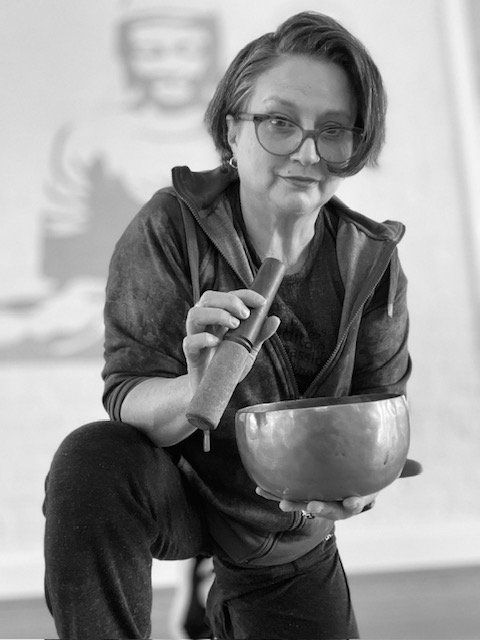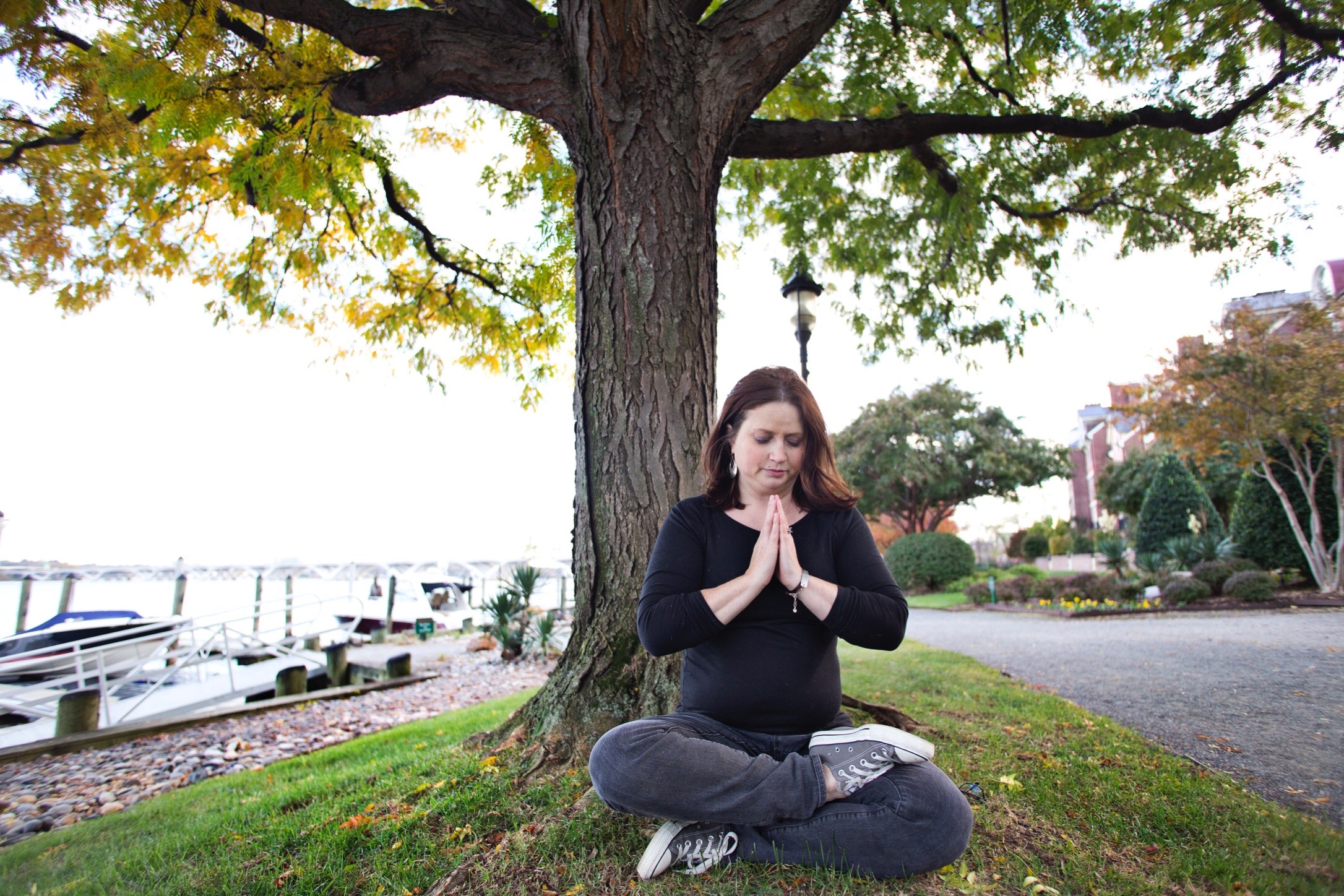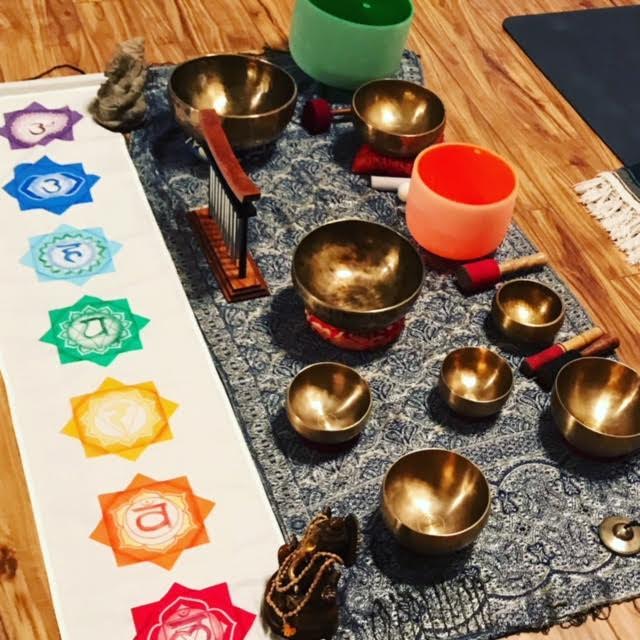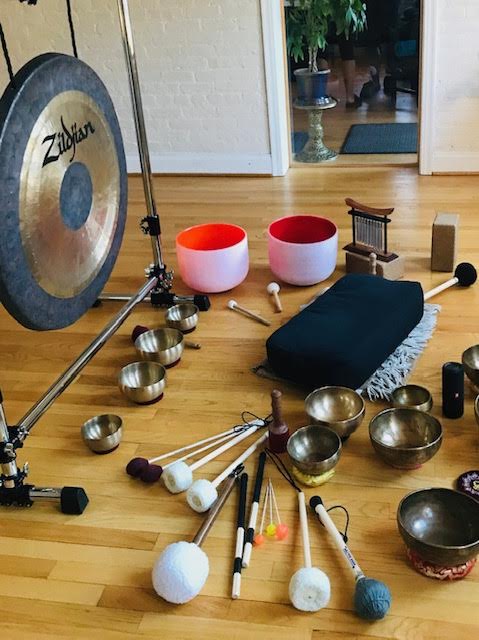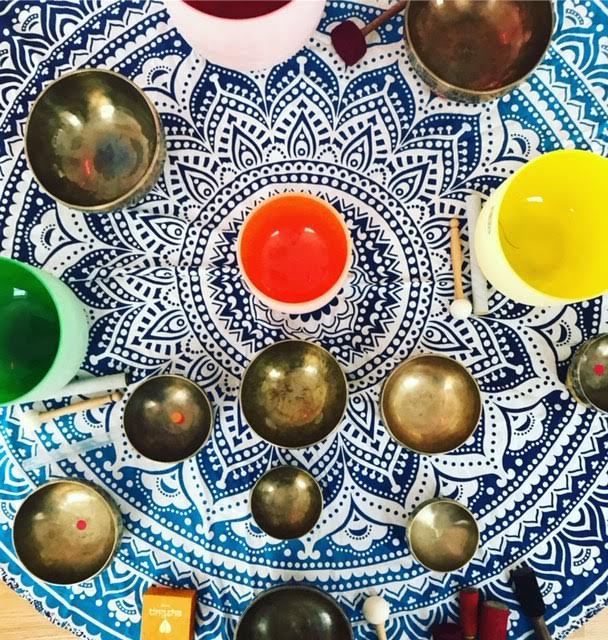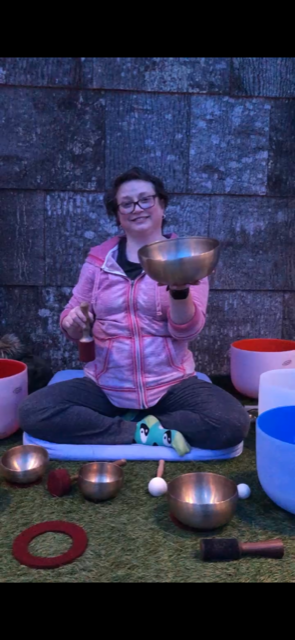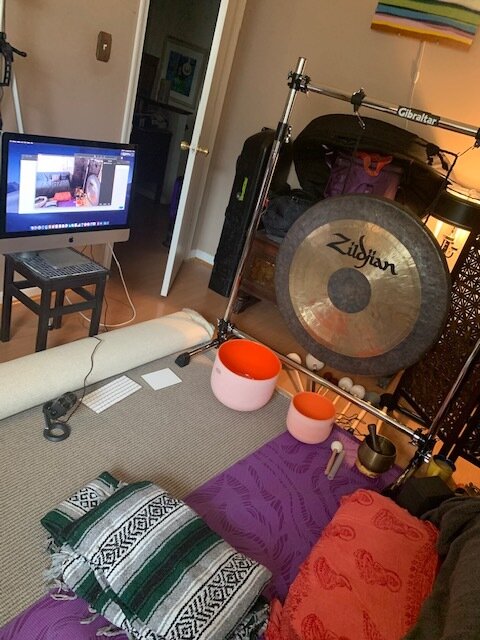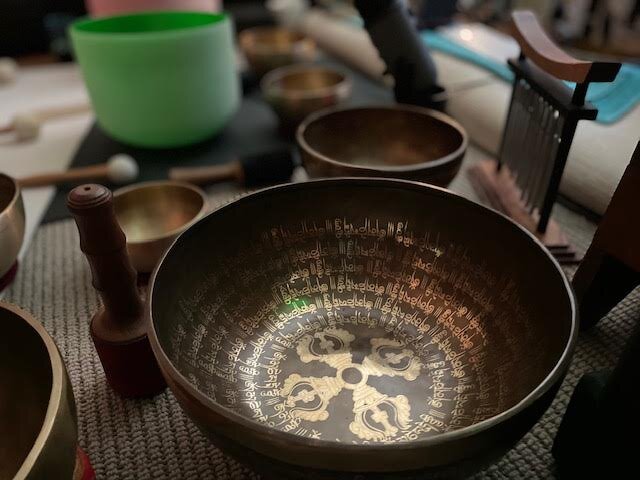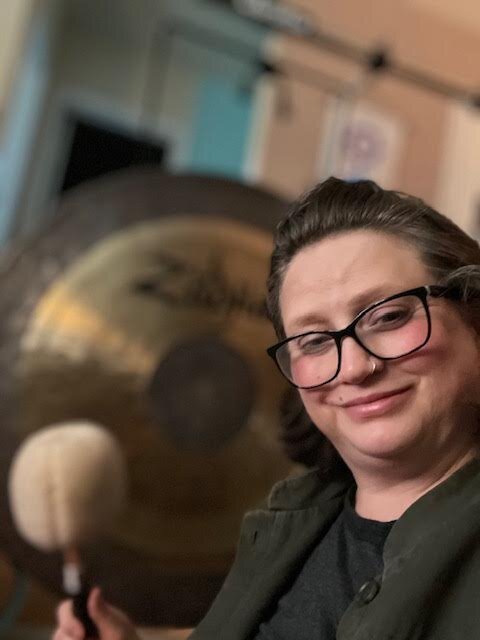🧘♀️ Meditation: Myths, Methods & Meanings
✨ The Misconceptions
Many people believe meditation means stopping thoughts. But that couldn’t be further from the truth.
Meditation isn’t about clearing your mind or achieving a blank state—it’s about changing your relationship with thoughts, emotions, and the present moment. Thoughts will come and go. The practice is learning to observe, not control.
📱 Apps Aren’t the Whole Story
Some try meditation through apps—but quickly lose interest. Others are told to "just meditate" without knowing what kind to explore. Without guidance or understanding, it’s no surprise people feel frustrated or disconnected from the practice.
⚠️ One Size Doesn’t Fit All
There are many types of meditation—and not all are right for everyone. In fact, some practices can feel overwhelming or even harmful, especially for those navigating trauma or mental health challenges.
For example, someone dealing with PTSD may struggle with open awareness or stillness-based practices. The key here is working with an experienced instructor who can recommend techniques that meet you where you are.
💡 What Meditation Is
Meditation is not about avoidance—it's about presence.
“Now” might not always feel good. It could be full of stress, tension, avoidance or noise. But being with what is—without judgment—is the heart of the practice.
🌿 Ways to “Be With Now”
Meditation can take many forms. Here are just a few that Paige teaches:
Breath Awareness – Focusing gently on the inhale and exhale
Mantra – Repeating a sound, word, or phrase
Mudra – Using hand gestures to focus and channel energy
Mindfulness – Being aware of thoughts, sensations, and surroundings
Sound Bath – Listening to vibrations to ease into stillness
Yoga Nidra – A guided meditative rest that promotes deep healing
Metta - A loving kindness mantra and focus on intension with kindness
🔄 It's Normal for Your Practice to Evolve and Change
Maybe you began meditating to manage stress—and found that it led to greater self-awareness, patience, or even emotional healing. That’s the beauty of it.
Meditation can grow with you. You may explore different paths and notice its ripple effects in daily life.
🙏 Final Thoughts
Meditation is a personal journey. It’s not about doing it “right”—it’s about discovering what works for you. With the right support, it can become a powerful tool for connection, healing, and presence.
Whether you're just beginning or deepening your practice, the key is curiosity, compassion, and patience.


